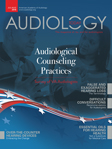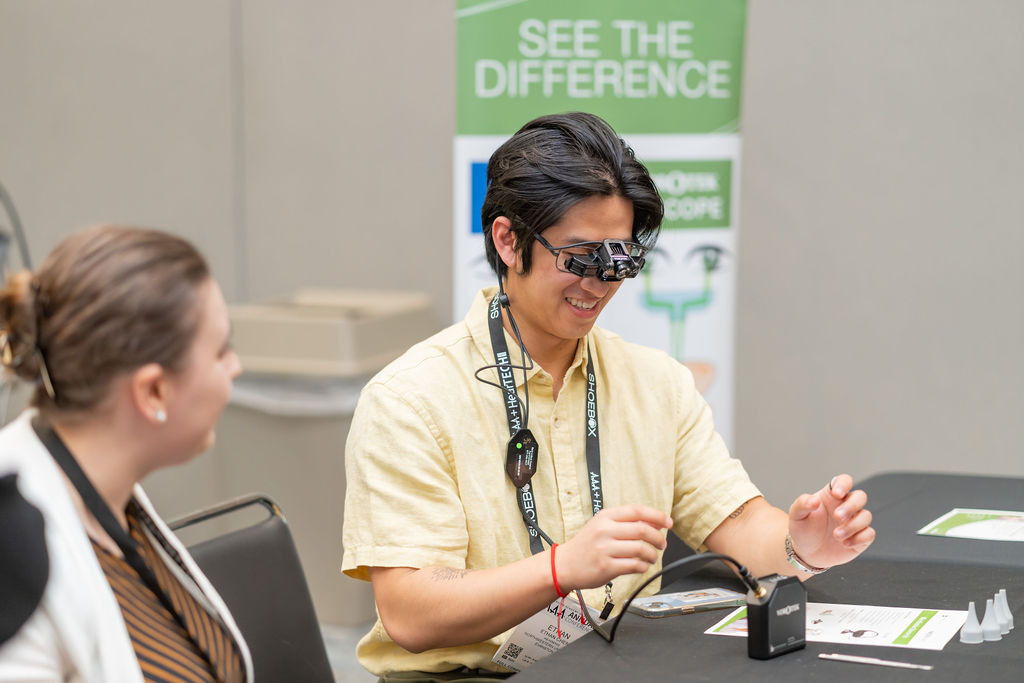
The editorial team and I are so happy to announce the content for this latest issue of Audiology Today. We are featuring a number of comprehensive, relevant, and interesting articles, as well as some short reads on public relations, coding and reimbursement, and audiology advocacy.
Take a look at the table of contents and delve into these online articles, which you can now easily search by topic, title, or author. We appreciate your patience as we continue to upload back issue content, but hope you find this new format easy to explore.
Audiological Counseling Practices: Survey of VA Dispensing Audiologists
Authors: M. Samantha Lewis, Michelle Hungerford, Garnett McMillan
Embracing Change in Audiological Treatment: Over-the-Counter Hearing Devices
Author: Erin Miller
The Terminology of False and Exaggerated Hearing Loss
Author: James Peck
Broaching Difficult Conversations: Recommendations for Audiologists
Authors: John Greer Clark, Kristina M. English
Essential Oils for Hearing Loss, Tinnitus, and Vertigo
Author: Robert M. DiSogra
CODING AND REIMBURSEMENT | Potential Pitfalls in Cochlear-Implant Billing and Reimbursement
Author: Christine Brown
KNOW HOW | Lessons for a New Professional Becoming a Clinical Supervisor
Author: Bridget Shanahan
View the full issue.
Erin Schafer, PhD, is the editor-in-chief of Audiology Today and www.audiology.org.
Recent Posts
Turn Insight Into Action! Attend Learning Labs at AAA 2026
Ready to take your professional development to the next level? At AAA 2026, Learning Labs are your chance to go beyond lectures and dive into…
Your Support Makes the Difference—Let’s Finish the Year Strong
As we wrap up the year, I want to thank you for your generosity supporting the AAA Foundation’s work. The enclosed report highlights what you…
Audiology Faces New Challenges Under Draft Federal Loan Rule: What Comes Next
Member Action Needed Soon! The U.S. Department of Education’s Advisory Committee has reached consensus on proposed regulations implementing the higher education provisions of the One…


